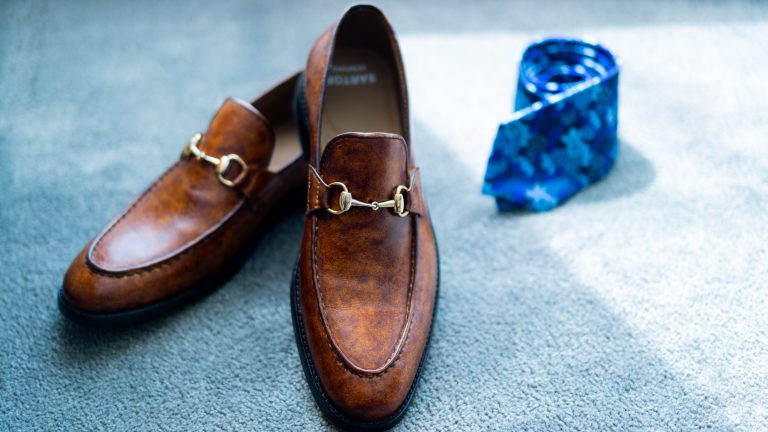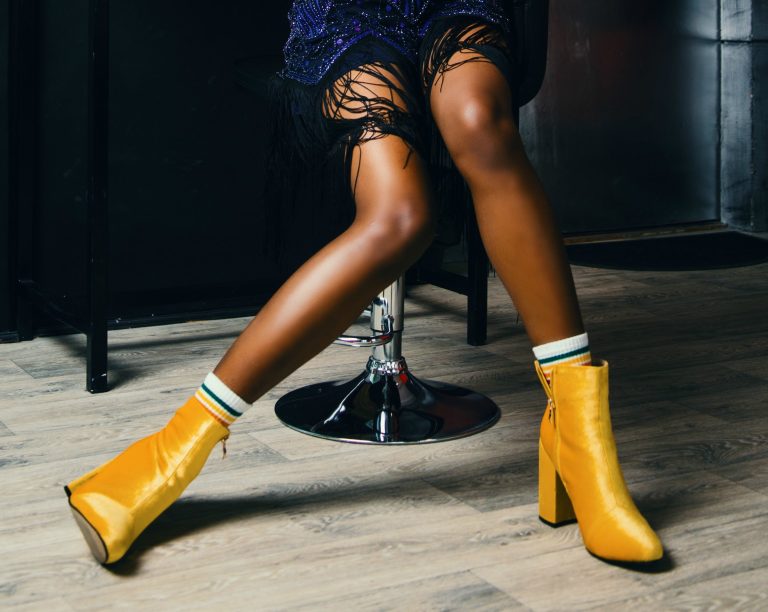What are the Different Functions of Shoes? | 2023
What are the Different Functions of Shoes? In our everyday lives, shoes are more than just a fashion statement. They serve a multitude of purposes, far beyond just covering our feet. From providing comfort and support to making a style statement, shoes play a significant role in our lives. Let’s delve into the various functions of shoes, exploring their diverse roles that go beyond mere footwear.
1. Protection and Safety
Shoes offer protection to our feet, guarding them against sharp objects, extreme temperatures, and hazardous materials. In certain professions, specialized safety shoes provide additional protection, ensuring the wearer’s safety in challenging environments.
2. Comfort and Support
What are the Different Functions of Shoes?
One of the primary functions of shoes is to provide comfort and support to our feet. Ergonomically designed shoes offer proper arch support and cushioning, reducing the stress on our feet and enhancing overall comfort, especially during long hours of standing or walking.
3. Athletic Performance Enhancement
Athletes rely on specialized sports shoes tailored for different activities. Running shoes provide shock absorption and flexibility, enhancing the runner’s performance. Basketball shoes offer ankle support and traction, crucial for quick movements on the court. Each sport demands specific shoe features to optimize performance and prevent injuries.
4. Fashion and Style
Shoes are a vital fashion accessory, reflecting personal style and taste. Different types of shoes, such as heels, sneakers, loafers, and boots, cater to various fashion preferences and occasions. Fashion-forward individuals use shoes to express their creativity, often making bold statements with unique and stylish footwear.
5. Health and Orthopedic Support
Orthopedic shoes are designed to address foot-related health issues. They provide necessary support for individuals with conditions like flat feet, plantar fasciitis, or arthritis. Orthopedic shoes aid in alleviating pain, improving posture, and enhancing mobility, making them essential for those with specific foot ailments.
6. Cultural and Traditional Significance
In many cultures, shoes hold cultural and traditional significance. Certain ceremonies and rituals involve specific footwear, symbolizing traditions and customs. Traditional footwear designs often reflect the heritage and history of a particular region, showcasing unique craftsmanship and cultural identity.
7. Environmental Impact
As awareness about environmental conservation grows, sustainable and eco-friendly shoes have gained prominence. Manufacturers now use eco-conscious materials and production processes, reducing the environmental impact of shoe production. Recycling initiatives further contribute to minimizing the ecological footprint of footwear.
8. Confidence Boost
Wearing the right pair of shoes can boost confidence significantly. Well-fitted, stylish shoes enhance self-esteem and contribute to a positive self-image. Whether it’s a pair of elegant heels for a formal event or comfortable sneakers for an active day, the right shoes can make individuals feel more confident and self-assured.
9. Social Significance
Shoes often serve as social markers, indicating one’s status, profession, or lifestyle. High-end designer shoes, for instance, are associated with luxury and affluence. In some professions, specific types of shoes are part of the uniform, signifying authority and expertise. Social and cultural norms influence the choice of footwear, making shoes a symbol of identity and belonging.
10. Versatility and Adaptability
Shoes come in a wide range of designs, catering to various occasions and activities. From formal events to casual outings, there’s a suitable pair of shoes for every situation. The versatility of shoes allows individuals to adapt their footwear choices based on the context, ensuring both comfort and style regardless of the setting.
Conclusion
Shoes are more than mere foot coverings; they are versatile accessories that serve a multitude of functions. From providing protection and comfort to making a fashion statement and reflecting cultural traditions, shoes play a vital role in our lives. Understanding the diverse functions of shoes highlights their significance beyond the surface, emphasizing their impact on our health, confidence, and overall well-being.
Frequently Asked Questions (FAQs)
Q1: Why is proper arch support essential in shoes?
Proper arch support in shoes helps distribute body weight evenly, reducing strain on the feet and promoting better posture. It also prevents foot conditions like flat feet and plantar fasciitis.
Q2: Are there eco-friendly options for footwear?
Yes, many footwear brands now offer eco-friendly options made from sustainable materials like recycled plastic, organic cotton, and plant-based leather alternatives.
Q3: How often should athletic shoes be replaced?
Athletic shoes should be replaced every 300-500 miles of running or after 6-12 months, depending on usage. Worn-out shoes lose their cushioning and support, increasing the risk of injuries.
Q4: Can wearing improper shoes cause back pain?
Yes, wearing shoes without proper support can lead to back pain. Ill-fitting shoes affect posture and alignment, resulting in discomfort and potential long-term back issues.
Q5: What are some tips for choosing the right shoes for specific activities?
Consider the activity type, foot arch, and pronation when choosing shoes. For example, running shoes should provide cushioning and flexibility, while hiking boots need ankle support and traction for rough terrains.




Leave a comment